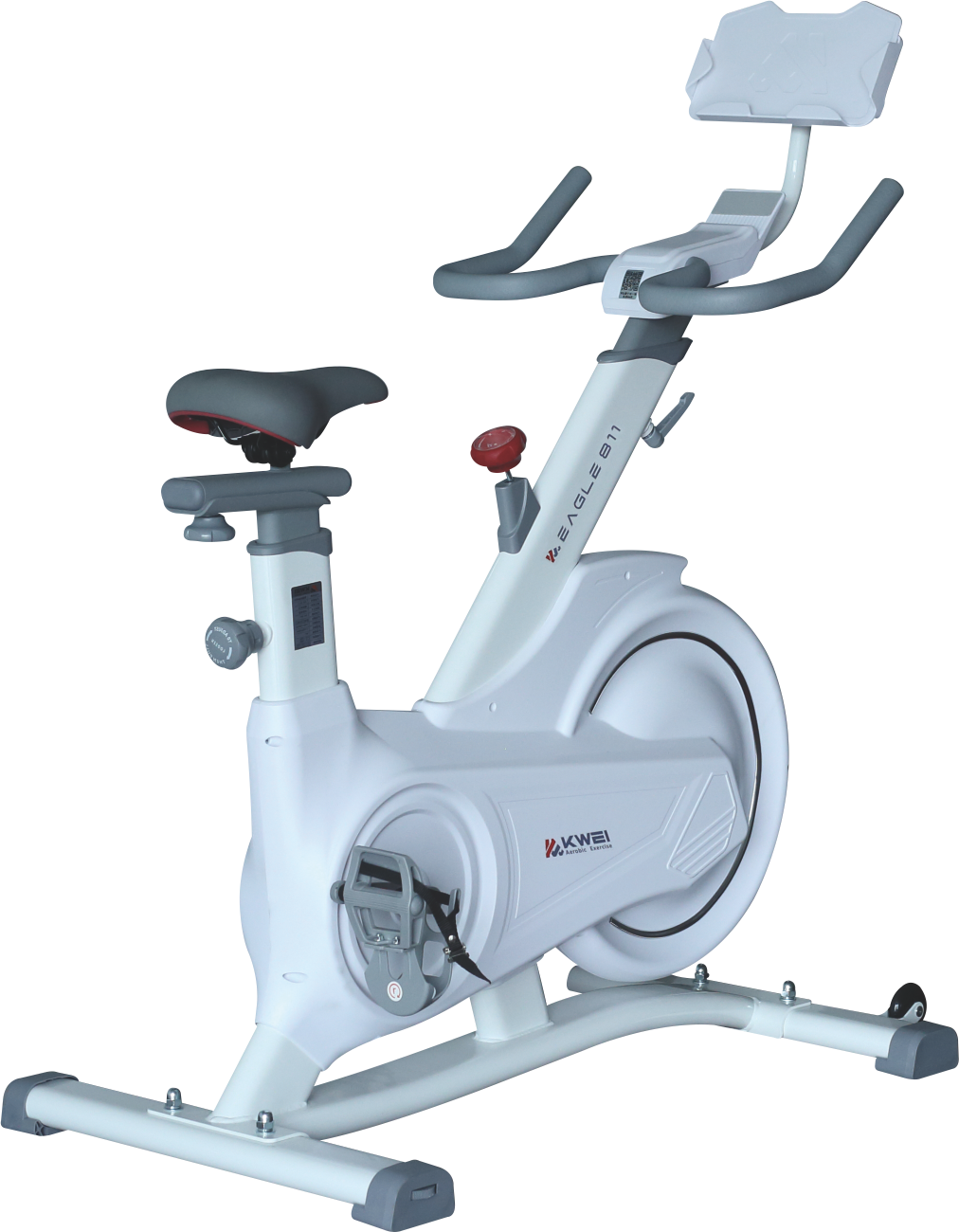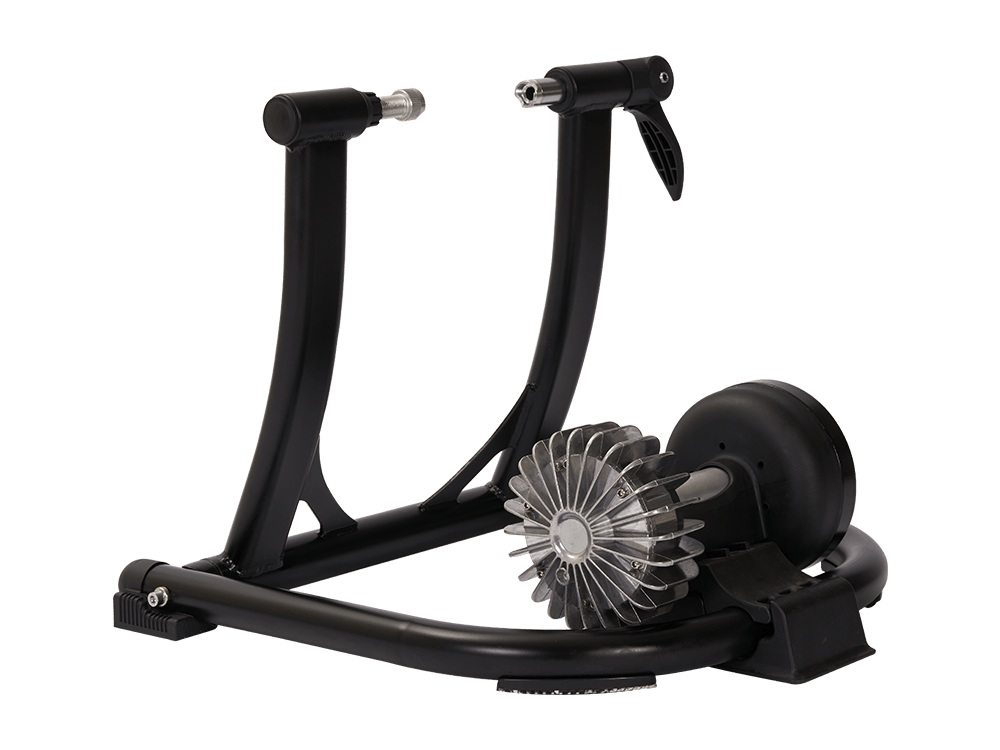How to Properly Adjust a Stationary Exercise Spinning Bike for Optimal Comfort?
Seat Height:
Stand next to the bike and adjust the seat height so that it aligns with your hip bone.
When seated, your knees should have a slight bend at the bottom of the pedal stroke.
A proper seat height helps prevent discomfort and potential knee strain.
Seat Position (Fore/Aft):
Adjust the horizontal position of the seat by moving it forward or backward.
When seated, your knees should be directly above the pedal spindle when the pedal is at its lowest point.
This position ensures proper knee alignment and reduces the risk of injury.
Handlebar Height:
Adjust the handlebar height to a comfortable level.
Generally, the handlebars should be about the same height as the seat or slightly higher.
Avoid setting the handlebars too low, as it may lead to discomfort in the neck and lower back.
Handlebar Reach (Fore/Aft):
Adjust the horizontal position of the handlebars to find a comfortable reach.
Your arms should be slightly bent when holding the handlebars, and your upper body should feel balanced.
Pedal Straps or Cleats:
If your spinning bike has pedal straps, ensure they are snug but not too tight.
If you use cycling shoes with cleats, adjust the cleats to achieve a comfortable and efficient pedaling motion.
Check Alignment:
Ensure that the bike's frame and components are properly aligned.
The handlebars and seat should be parallel to the ground, and the pedals should rotate smoothly without any wobbling.
Comfortable Grip:
Grip the handlebars in a way that feels comfortable for your hands and wrists.
Avoid excessive tension in your grip to prevent fatigue.
Monitor Position:
If your spinning bike has a monitor or display, adjust its position for clear visibility without straining your neck.
Some bikes allow you to tilt the monitor for a better viewing angle.
Trial and Error:
Make small adjustments to the seat height, position, and handlebar height to find the most comfortable and ergonomic setup.
It may take a few sessions to find the ideal adjustments for your body.
Regular Checkups:
Periodically check and readjust the bike's settings, especially if multiple users share the equipment.
Regular checkups ensure that the bike remains comfortable and safe for all users.
Remember that comfort is subjective, and individual preferences may vary. Pay attention to how your body feels during and after each workout, and make adjustments accordingly. If you have any specific health concerns or pre-existing conditions, consider consulting with a fitness professional or healthcare provider for personalized advice.


 中文简体
中文简体 English
English Español
Español Deutsch
Deutsch












